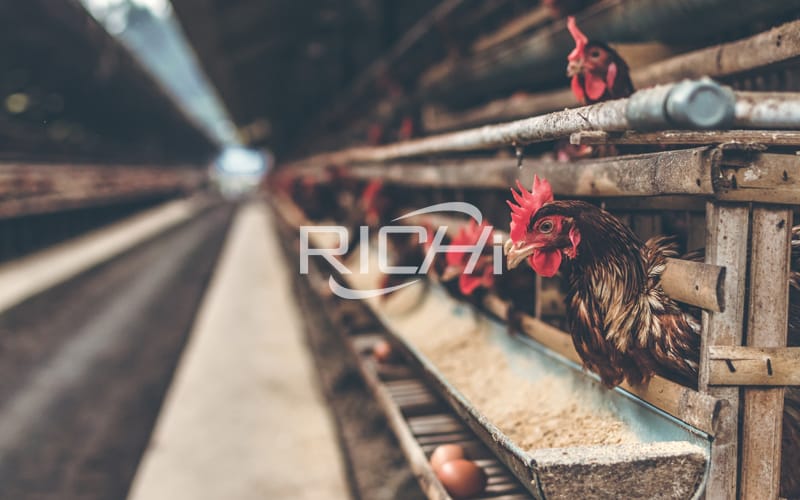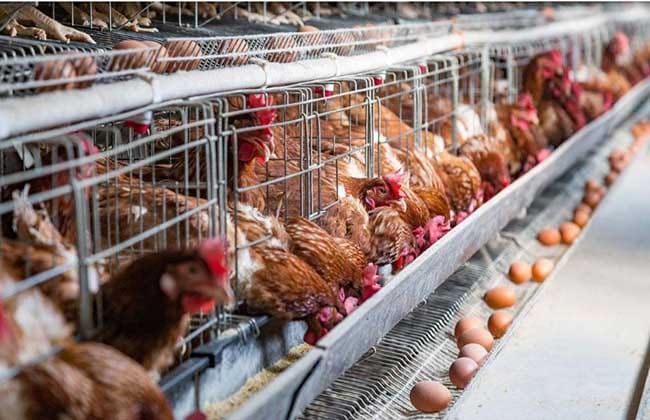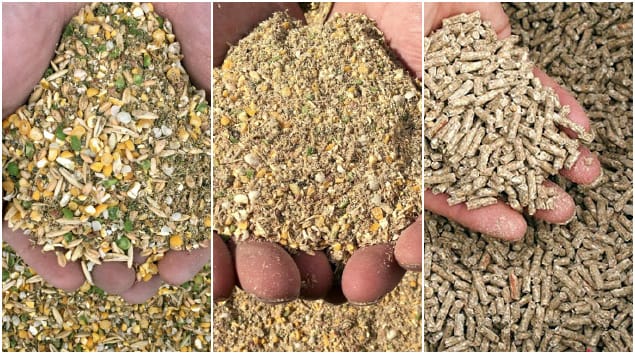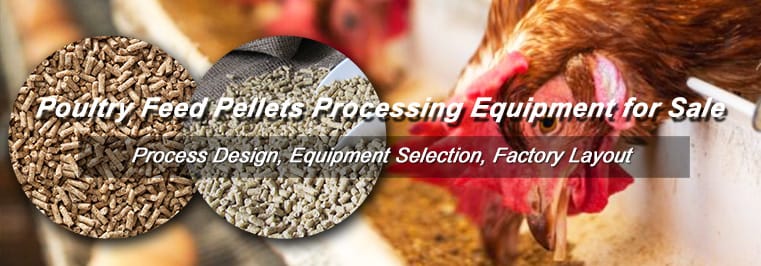
Why You Need to Make Chicken Feed Pellets in South Africa
If you ever had chickens, you know that there are three types of chicken feed that you can buy: mash, pellet, and crumble. You might be wondering, though, out of three chicken feeds, which one is the best for chickens?
Mash leaves waste behind due to the separation of grains while crumble takes extra time to produce. That leaves to pellet food: a type of chicken feed that creates the right proportions for chickens. With that being said, pellet feed is easier to produce unlike the other two, but what about the other benefits? Here, we will be talking about the benefits of chicken pellet food. If we were to compare pellet feed with mash, pellets have advantages or benefits that mash doesn't:
- Pellets reduce waste that is produced from the chicken feed, water soiling, or eating behaviors from chickens.
- The bulkiness of chicken feed is brought down by 18% due to pellets.
- Since chickens are prone to salmonella, pellet feed reduces chickens from contracting salmonella. Other things pellet feed prevents is mold and growth inhibitors.
- Besides being healthy for chickens, it is also easy to produce. The process of pellet food has less difficulty in mixing, particle sizes, and ingredient mixing.
- The chicken feed cost is saved by 15% due to pellet food.
- Pellet food has vitamins that chickens need to improve their digestive systems like Vitamin E and B12.

2. How to Make Chicken Feed For Layers in South Africa
Chicken feed production process details
Intensive chicken farming and mechanization have led to a widespread use of various types of chicken feed making machine which serve different purposes to make chicken feed...
Grinding or crushing machine grinds chicken feed ingredients...
Mixing machine is used to mix the raw materials uniformly and evenly...
The mixture can now be delivered into a pellet mill feeder...
The final step is to cool the wet pellets until you obtain a moisture content that is below 12%.
- Crushing - machine for grinding chicken feed
- Mixing - mixer machine for feed chicken
- Pelletizing - pellet machine to make pellets for chickens
- Cooling - Pellet cooler

3. Nutritional management of laying hens in South Africa
In the process of laying hen breeding, many farmers consider the price of feed the most...
- Five links for effective disease prevention and control
- Disinfection: conduct thorough disinfection of breeding utensils...
- Management: The most suitable temperature for laying hens to grow is 13℃~20℃...
- Vaccine immunization: formulate an immunization program...
- Reducing stress: For example, layer feed with high vitamins...
- High-nutrient feed: For example, layer feed with high amino acid and high protein...
- Pay attention to nutrition management of layer feed

4. Nutritional elements of layer feed in South Africa
- Water: Water is the solvent and transportation tool of various nutrients...
- Protein: Protein is the foundation of life...
5. Things to Add to Chicken Feed in South Africa
- Aragonite or feeding limestone (for calcium, not absolutely necessary)
- Oyster shell (calcium, free feed)
- Grit
- Salt
- Probiotic
- Crab meal (small amounts provide protein and minerals)
- Flaxseed (omega-3, feed whole to avoid rancidity)
- Broad-spectrum mineral supplement Kelp (a mineral source)
- Fish meal (helps boost protein and omega-3s)
- Cultured yeast (B vitamins, minerals, and digestive enzymes)
6. Simple Homemade Chicken Feed Recipe Formula For Layers In South Africa
- 30% Corn.
- 30% Wheat.
- 20% Peas.
- 10% Oats.
- 10% Fish Meal.
- 2% Poultry Nutri–Balancer (where to buy)
- Free Choice Kelp (where to buy kelp)
- Free Choice Aragonite.
7. Equipment Needed To Make Chicken Feed For Layers In South Africa
Making your own feed for more than a handful of chickens requires a commercial, heavy-duty feed mill...
8. Contact RICHI Machinery for Chicken Feed Projects in South Africa
Where to find chicken feed plant in South Africa? chicken feed making machine South Africa price? leading suppliers of poultry animal feed mills for South Africa market? machinery to produce feed for chickens for sale South Africa? chicken pellet feed making machine in South Africa? Contact RICHI Machinery for these details.


